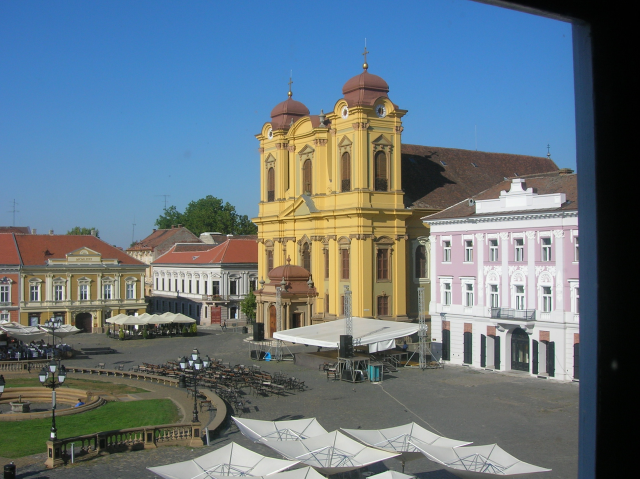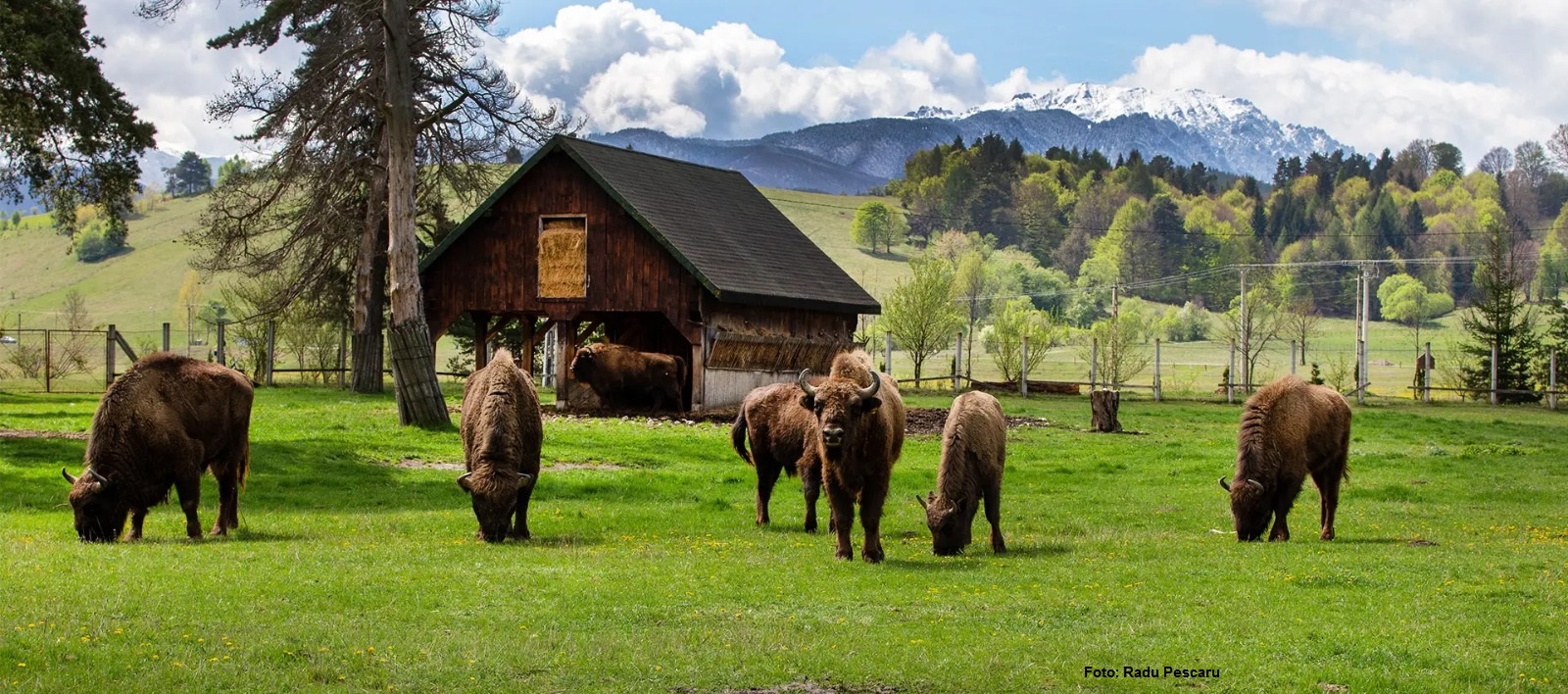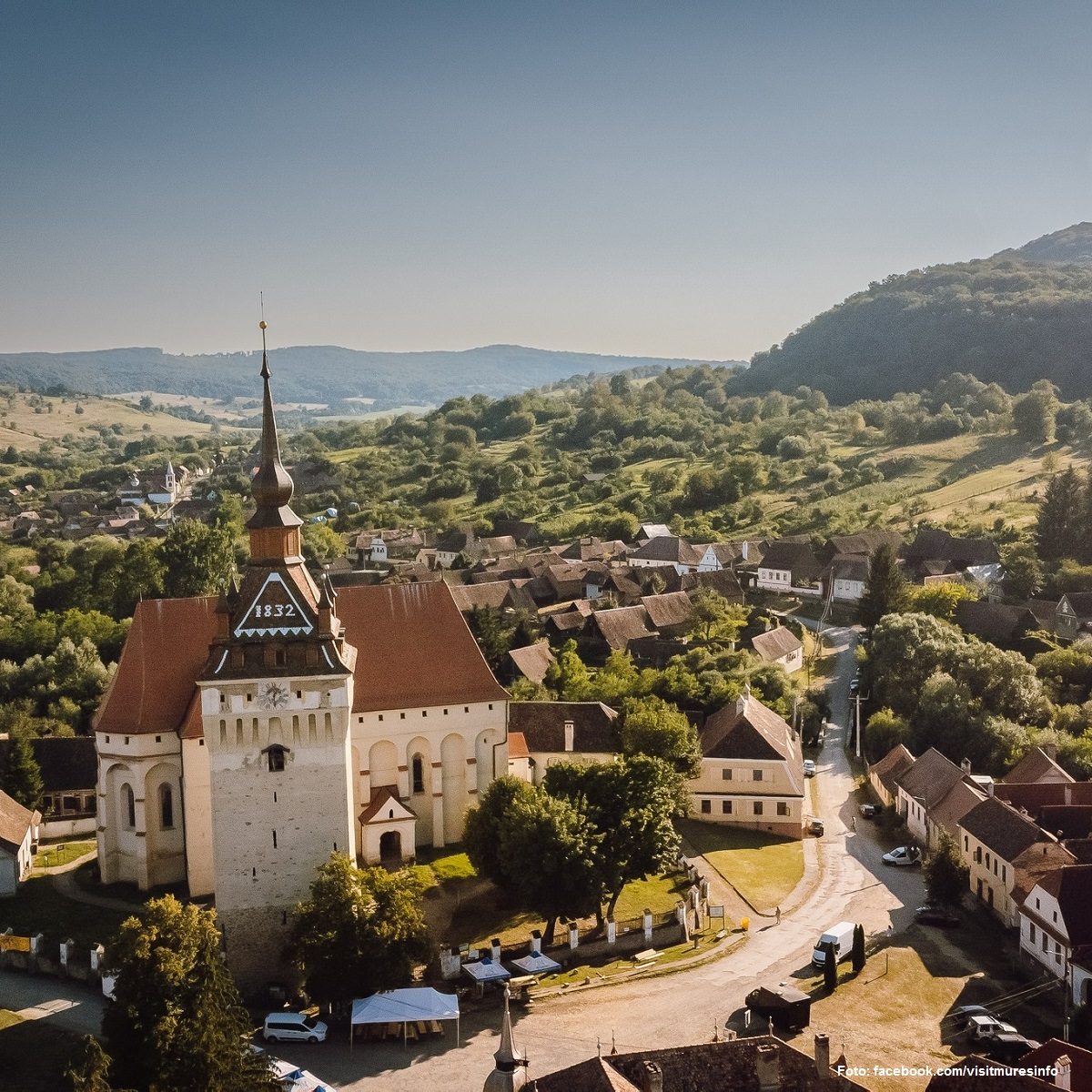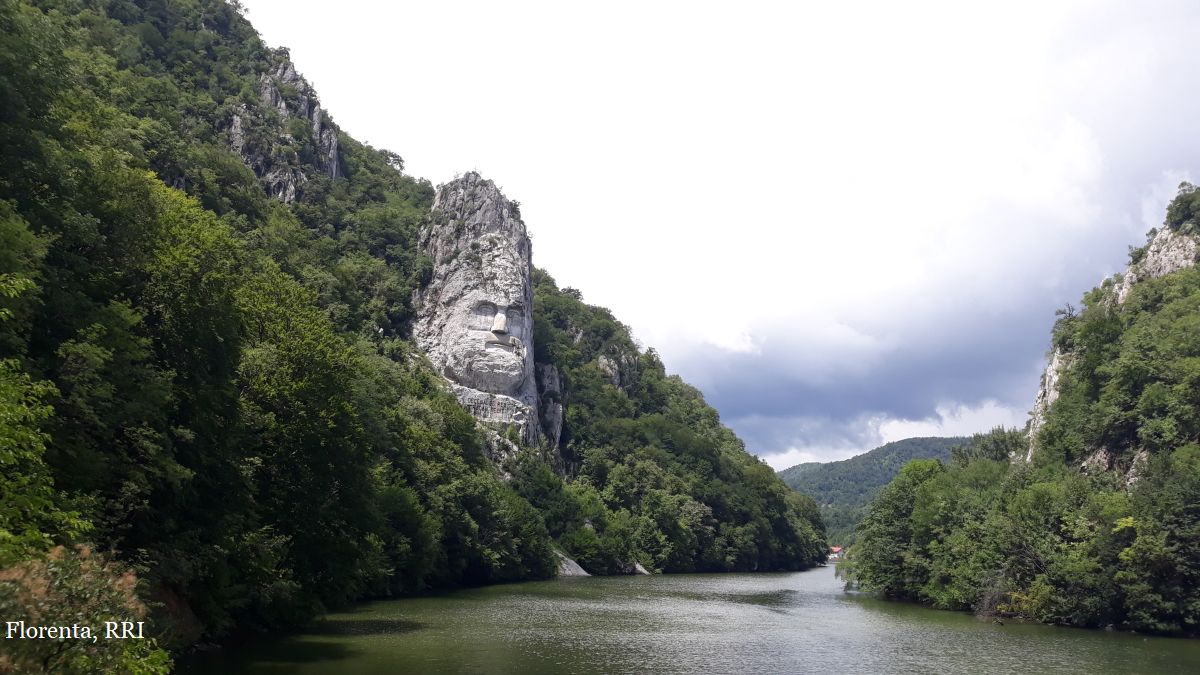Multicultural Timisoara
Today we invite you to join us on a trip to Timisoara, in the western region of Banat

Daniel Onea, 24.10.2019, 14:17
In order to better understand the present, we must be aware of the past. Around the year 1700, settlers were brought to the Timisoara area, in particular from Europes German space, as Lucia Solomon, from the Tourist Information Center told us:
“The settlers lived mainly within the Timisoara citadel. The larger Romanian population would live in the suburbs and villages. Living in an area of strong Hungarian and Serbian influences, all ethnic groups there lived very well together then and have continued to do that historically. There has always been a spirit of tolerance, mutual understanding and respect. In the 18th century, the Romanians, Germans, Hungarians, Serbs and Jews living in the area were joined by Czechs and Slovaks, and they too are still living in Timisoara. The Catholic churches in particular hold masses in all these languages.”
All these ethnic groups have brought with them customs and traditions, some of which other ethnic groups have taken over. Here is Lucia Solomon with more:
“This has had an impact on the development of the city too. What was good has always been passed on, and this has influenced inter-culturality here. We have some very special festivals with this theme. For instance, we have the Ethnicity Festival in June, hosted by the Banat Village Museum. Also, the Timisoara Minorities Days are held in the center of the city, during which presentations are made of traditional costumes, local cuisine, dances and music.”
Ognean Cristici, the president of the Serbs Union in Romania, says that the region of Banat is known for being multi-ethnic, multi-cultural and multi-confessional:
“We, the Serbs, live alongside other ethnic minorities, and Banat is well-known for this. I would not call it tolerance, I say it is living together in harmony. Most of the Serbs in Romania live in the historical region of Banat, in the counties of Arad, Timis, Caras-Severin and Mehedinti. The latest census has shown that there are some 18,500 Serbs living here. For more than 20 years, since it was established, our organization has been fighting for preserving national identity through cultural, religious and educational activities. There are 22 traditional and artistic ensembles activating under the aegis of the Serbs Union. We have three amateur theatres and we have also set up a cultural scientific research center. Its and independent body, which carries out cultural, sociological and linguistic research. These scientific works are published in a magazine that has already reached its 5th edition and is recognized as an academic publication.”
Timisoara is home to the only high-school teaching in the Serbian language in Romania: “The Dositei Obradovici” Theoretical High-School. It was named after the illuminist Dositei Obradovici, born in Timis county. In 1808 he organized in Serbia the big school, and in 1811 he became the first education minister in Serbia.
We continue our trip today alongside Ioan Fernbach, the President of the German Democratic Forum, the Banat branch:
“One tourist attraction that you should not miss is the Maria Radna Cathedral near Lipova. Pope John Paul II gave it the status of basilica minor, the highest rank in the Catholic church. It was built 400 years ago and it is exceptional. Of course, there are many other beautiful places here, such as the Union Square, which is home to one of the most representative churches in Banat. It is where our bishop carries out his activity, that is why we call it a cathedral. Actually, the Union square is one of the very few places in Europe where there are two bishops: the Roman-Catholic one and the Orthodox one.
The Union Square is the oldest in Timisoara, and here one can admire many beautiful buildings built in the Baroque style. It was also given the name Hauptplatz, the main square, or Domplatz, the Lords square. One major point here is the mineral water fountain used by the public for the first time in 1894.
Ioan Fernbach, the president of the German Democratic Forum has also told us about other destinations worth visiting:
“In Jimbolia, where the most important Swabian painter was born, we have a museum bearing the same name. I would also recommend Lenauheim, where the great poet and novelist Nicolas Lenau was born. Its a very special place. There is also a puppet museum, displaying puppets dressed in traditional costumes. Then, you can go to Sannicolau Mare, a town on the border with Hungary, where the great Hungarian composer Bela Bartok was born. There is a strong German community there, which has preserved old traditions. Unfortunately, there is just one German left in Charlottenburg, the one who tolls the bells every day.”
In 2021, Timisoara will be European Capital of Culture. Its the second city in Romania that will have this title, after Sibiu in 2007.






























